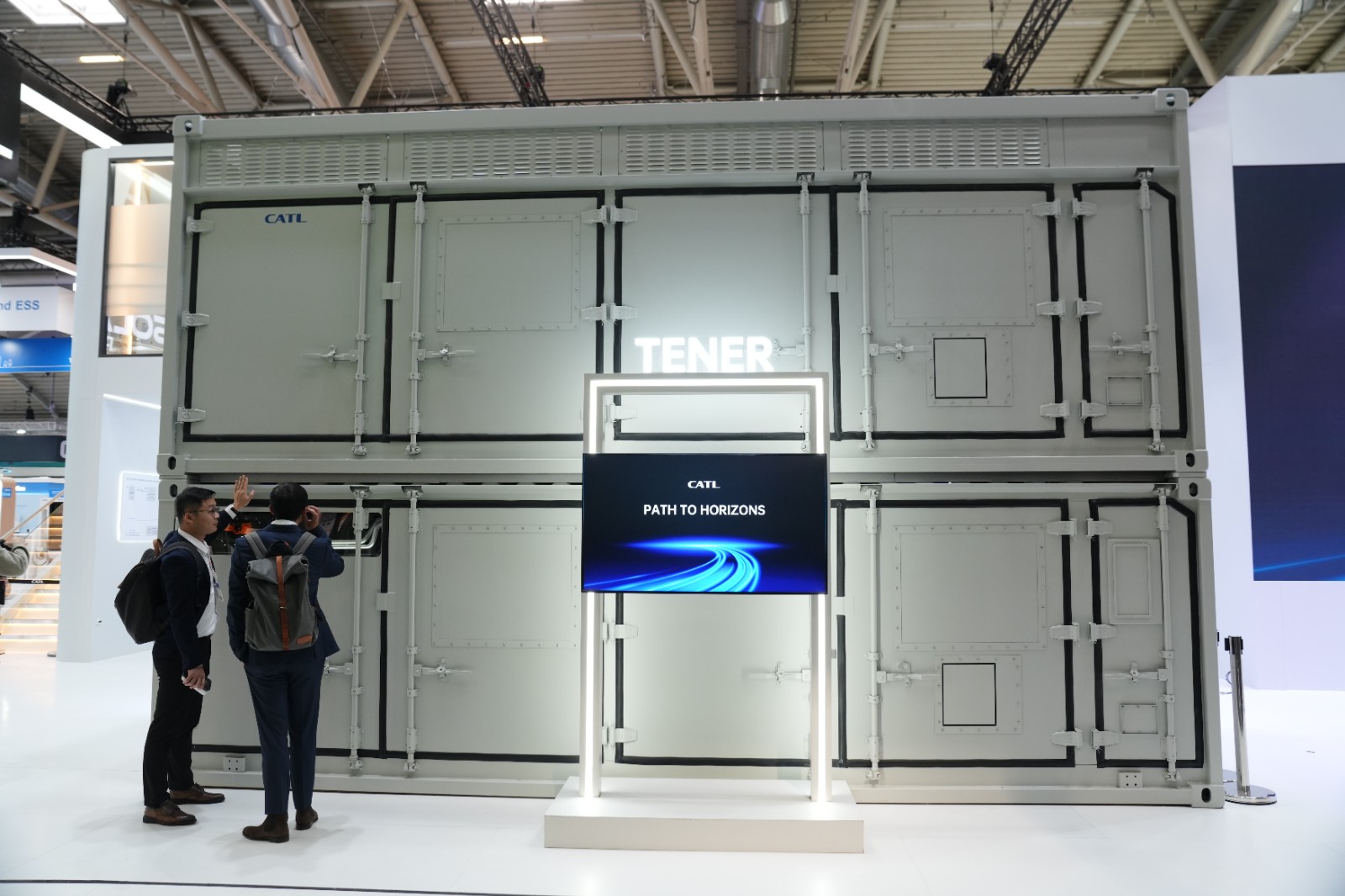- Home
- OFweek News
- US-China Geneva Trade Talks: Significant Tariff Reductions Bring Relief to Energy Storage Sector
US-China Geneva Trade Talks: Significant Tariff Reductions Bring Relief to Energy Storage Sector
Published: May 13, 2025 17:41
On May 12, a spokesperson for the Ministry of Commerce issued a statement regarding the joint declaration from the US-China Geneva trade negotiations. These high-level economic and trade talks achieved substantial progress, significantly reducing bilateral tariff levels. The US has eliminated 91% of its additional tariffs, while China has correspondingly removed 91% of its countermeasures. Additionally, the US has suspended implementation of 24% of its "reciprocal tariffs," and China has likewise suspended 24% of its retaliatory tariffs.
Following this announcement, companies exporting energy storage solutions to the United States can finally breathe a sigh of relief.
Previously, Trump's unilateral tariff impositions had severely impacted Chinese exports to the US, with Chinese energy storage battery companies facing unprecedented challenges in their American operations.
For the energy storage industry, the US market has always presented a paradoxical opportunity. While representing 35% of global energy storage installation demand and offering tempting high-margin potential, the 104% tariffs created a triple impact: compressing project IRR from 15% to 9.2%, dramatically increasing distribution channel costs, and elevating after-sales service maintenance expenses.
Calculations based on the scenario where US tariffs on Chinese goods surged to 125% showed that CATL's energy storage battery cells would have reached a landed cost of 0.9 yuan/Wh in the US (0.4 yuan factory price + 0.5 yuan tariff), while Tesla's retail price for energy storage systems in the US market remained around 3 yuan/Wh. Even after accounting for transportation and integration costs, the industry could still maintain marginal profit margins.
However, this profitability hinged entirely on one critical assumption: continued support from America's Inflation Reduction Act (IRA) and Investment Tax Credit (ITC) subsidy policies.
Notably, following the tariff announcements, JPMorgan quickly reversed its position, urgently downgrading CATL's 2025 net profit forecast by 7 billion yuan, with their core reasoning pointing to "the risk of US energy storage business dropping to zero."
Yet reality is far more complex than financial models suggest—China controls 75% of global cathode material production, 90% of anode and electrolyte capacity, and Japanese and Korean companies cannot bridge this technological gap in the short term.

source: CATL
Tesla's energy storage business derives over one-third of its profits from Chinese supply chains. Forced "decoupling" would increase its localized production costs by 40%, a gap that IRA subsidies would struggle to cover.
This highlights the peculiar "double standard" in US tariff policy. While normal rates apply to power and energy storage batteries, battery materials like separators and electrolytes enjoy partial exemptions.
This contradiction exposes an industrial reality—America's domestic lithium battery supply chain capabilities lag significantly behind China's.
Chinese companies control 89.4% of cathode materials, 93.5% of anode materials, and 87.4% of the electrolyte market. This level of dominance, deeply embedded in global value chains, has demonstrated to tariff opponents the true nature of China's industrial moat.
